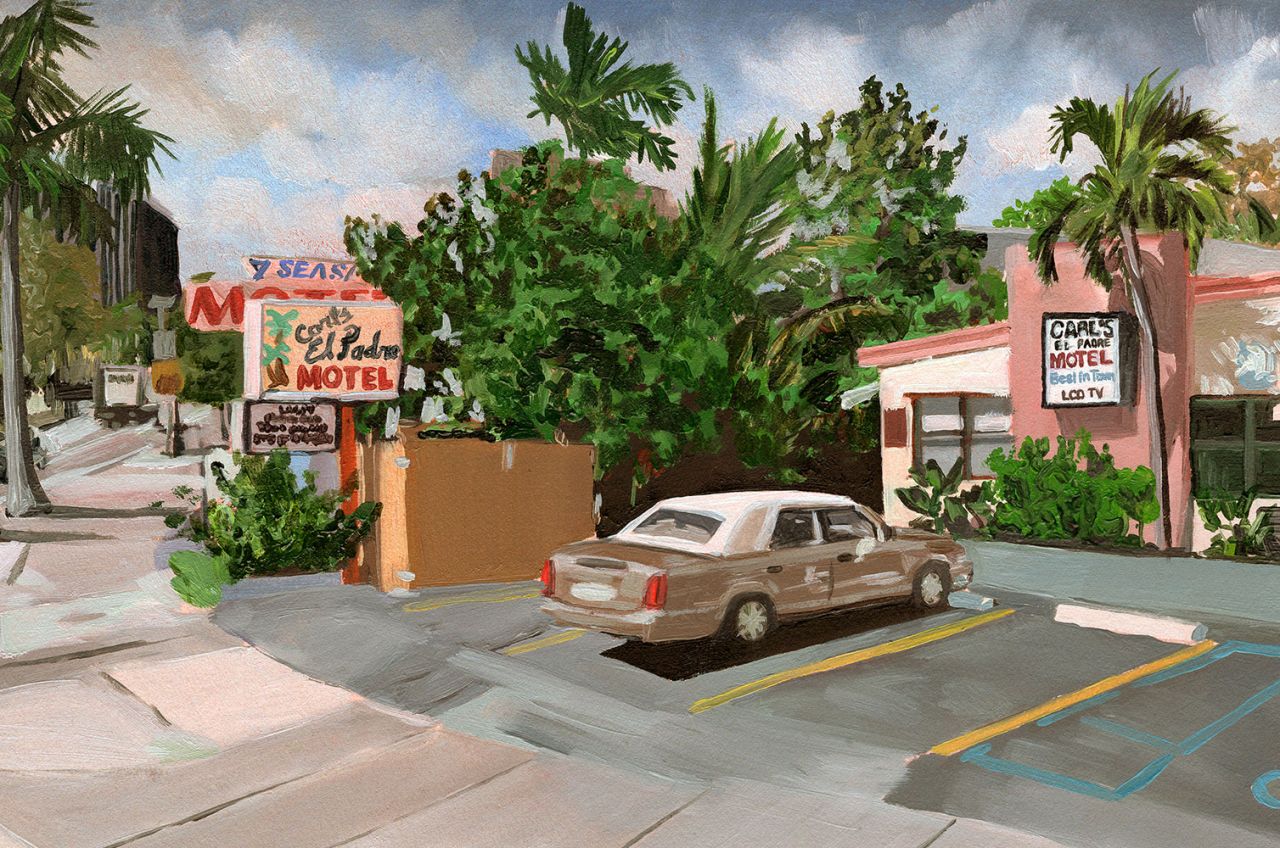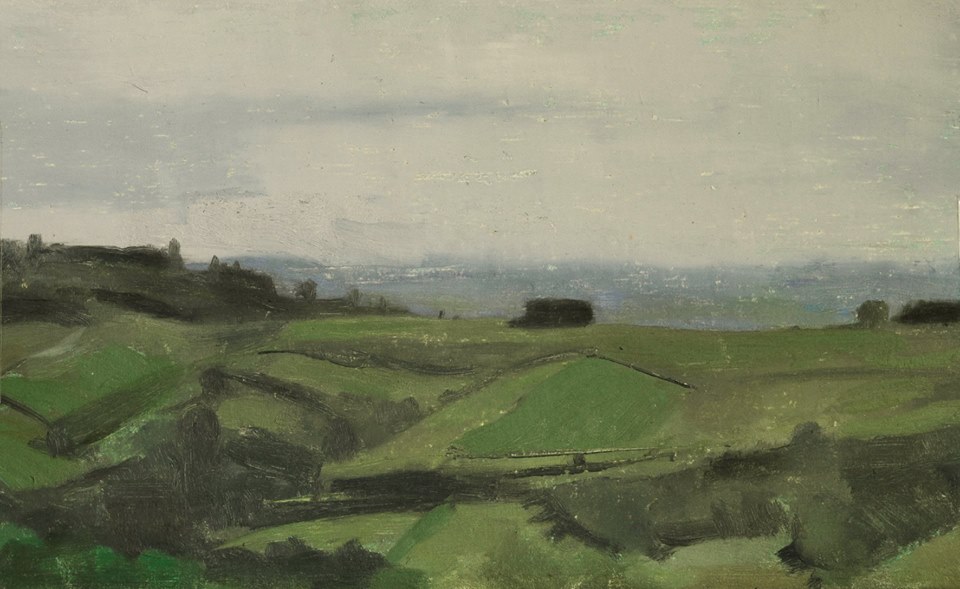Painting Cultural Experiences from Memory: A Photographer's Insight
As a professional photographer, capturing the essence of a moment through the lens is a familiar task. However, translating those moments into a different medium, such as painting, can offer a unique perspective and deepen the cultural experience. The concept of painting cultural experiences from memory is not only an artistic endeavor but also an opportunity to explore the interplay between memory, culture, and art.

The Intersection of Photography and Painting
Photography, by its nature, is an immediate art form. It captures the 'now,' freezing a moment for eternity. But what happens when this 'now' is left to simmer in the recesses of our minds and later emerges as a painted memory? This transformation from a photograph to a painting is a journey that many artists and photographers are beginning to explore.
When you, as a photographer, decide to paint your cultural experiences from memory, you engage in an introspective process. This process allows you to revisit the sights, sounds, and emotions of the moment, adding layers of depth to your work. It is an exploration of how memory alters perception, and how these alterations can be expressed through the brush.
Why Painting From Memory?
Painting from memory, especially when it comes to cultural experiences, allows for a more personal interpretation of the event. Unlike photographs that are bound by the constraints of reality, paintings are free to embrace subjectivity and emotional perspectives. This freedom is what enables artists to infuse their cultural narratives with personal stories and emotions.
For professional photographers, this practice can be particularly enriching. It challenges your perception, encouraging you to see beyond the confines of the lens. By painting, you can explore aspects of the cultural scene that might have been overlooked or underappreciated in the photograph. This method of recalling and recreating experiences can lead to a profound understanding of both your subjects and yourself.
The Artistic Process: From Memory to Canvas
Transforming a photograph into a painted memory requires a thoughtful approach. Start by revisiting your photographic portfolio and select images that evoke strong cultural connections. Consider the emotions and stories behind these images. What did you feel at that moment? What cultural nuances did you observe?
Once you have selected an image, put aside the photograph and rely on your memory. Allow yourself to recall the scene, focusing on how it made you feel rather than the exact details. This shift from precision to emotion is where the magic happens, allowing your personal narrative to shine through. To further explore this transition, you can read more about how painting and travel have influenced artists worldwide.
Choosing Your Palette
The choice of colors is crucial when painting from memory. Colors have the power to evoke emotions and set the tone of your narrative. While the original photograph might dictate a certain color scheme, painting allows for creative interpretation. You might find it helpful to explore choosing color palettes that resonate with the emotional undertones of your cultural experiences.
Embracing Imperfections
One of the beauties of painting from memory is the acceptance of imperfections. Memories are inherently imperfect; they fade, change, and sometimes blend with other experiences. Embrace these imperfections in your art. They add authenticity and can lead to unexpected and beautiful outcomes.
As you paint, allow yourself to deviate from the original scene. Let your emotions guide your brush, and don't be afraid to experiment with different styles and techniques. This approach not only enriches your artistic repertoire but also enhances your understanding of the cultural experiences you aim to depict.
Inspiration and Resources
Finding inspiration is a crucial part of the creative process. Surround yourself with art that inspires, whether it's through galleries, online platforms, or travel. Websites like Pinterest offer a plethora of travel-inspired art that can spark new ideas and perspectives.
Moreover, engaging with communities of artists and photographers can provide support and inspiration. Sharing your journey and learning from others who are also creating art inspired by travel can be incredibly motivating.

FAQ
-
How can painting from memory enhance my photography skills?
Painting encourages you to focus on emotions and stories behind the scenes, which can translate into more evocative and meaningful photography. -
What if I'm not confident in my painting skills?
Start with simple sketches and gradually work your way up. The goal is not perfection but expression. Engaging in workshops or online classes can also be beneficial. -
How do I choose which photographs to paint?
Select images that evoke strong emotions or have significant cultural elements. Your connection to the subject will enhance the authenticity of your painting.
By merging the immediacy of photography with the reflective nature of painting, you can create a powerful narrative that transcends mediums. Painting cultural experiences from memory not only enhances your artistic skills but also deepens your appreciation for the diverse cultures you encounter. Embrace this creative journey and let your memories paint the canvas of your art.

